Protecting the function of architects is not just about safeguarding the profession – it is about protecting the public from unsafe, unregulated, and unsustainable construction practices, writes Jason Boyle

The UK’s built environment is facing a crisis, one that has already cost lives. The Grenfell Tower fire in 2017 was a devastating example of what happens when safety is compromised. Seventy-two people lost their lives in a building that should have been their safe haven. The public was failed at every level, including by those responsible for designing and overseeing the refurbishment.
An architect was appointed for the project, but the tragedy highlighted systemic failures in procurement, regulation, and oversight – where cost-cutting, fragmented responsibility, and poor coordination played a significant role. One of the root causes was the erosion of clear professional accountability in design and construction.
Yet, despite this tragedy, it is still legal for unqualified individuals to design buildings in the UK. This must end. The government must act now to stop unsafe, unregulated, and incompetent practices that put lives at risk every single day.
Without the protection of architects’ function, fees will continue to erode, making it impossible to properly resource projects or invest in the skills needed to design and deliver safe, compliant buildings – undermining both professional accountability and public safety.
The dangerous cost of cutting corners
The problem starts with money – yes, that uncomfortable topic architects often shy away from. Let’s take a look at this all-too-familiar scenario in the UK construction industry.
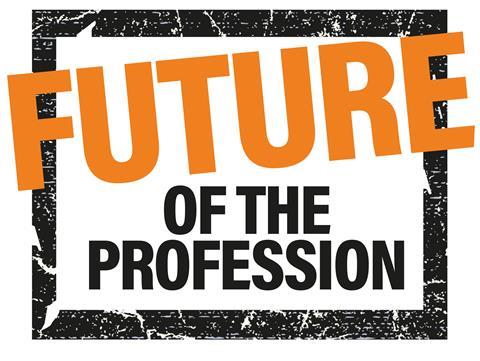
A practice wins a project based on a competitive fee bid. After the initial celebration, reality sets in: the fee is too low to properly deliver the promised service. Corners get cut from the very start. Desperate Part 1s, overworked Part 2 assistants, and a project architect juggling multiple projects with only a few hours a week to dedicate to each one – this is the breeding ground for disaster.
The practice director has also made a fatal mistake, throwing in the Principal Designer (PD) role for free to win the job without realising this is a critical safety role requiring dedicated time and expertise. It happens all the time. I can tell you now, this is dangerous and, dare I say, reckless.
Then comes the contractor, chosen not for their safety record but because they submitted the lowest bid. They know from the outset that they need to squeeze every possible cost to turn a profit. Specifications get downgraded, quality materials are swapped for cheaper alternatives, and safety takes a back seat to budget cuts.
Architectural education and professional practice must ensure that architects are equipped with the technical knowledge, regulatory understanding, and risk awareness needed to design buildings that are both safe and compliant
If you think this doesn’t happen, you’re not paying attention. It happens on projects across the country, and the consequences can be deadly.
Low fees drive unsafe behaviours, from rushed designs to unchecked specifications. Grenfell was not an accident; it was always going to happen – the inevitable result of a broken system that prioritises cost-cutting over human lives.
Architects and chartered technologists hold the golden thread of safety
Buildings are not just bricks and mortar; they are homes, workplaces, schools, and hospitals – the spaces that protect lives. The golden thread of accountability, from design through to construction and beyond, is essential to ensuring public safety.
Qualified architects and Chartered Architectural Technologists uphold this golden thread. They don’t just design buildings; they ensure they are fire-safe, that escape routes function, and that materials won’t turn a small fire into an inferno. Their expertise, bound by regulation and professional ethics, ensures that public safety is never compromised for profit.
Yet, unqualified, unregulated individuals are allowed to take on these roles, making catastrophic design choices, substituting unsafe materials, and ignoring critical safety measures. We know what happens when we allow this – it kills people.
We need rigorous training underpinned by a financially sustainable professional model
Architectural education and professional practice must ensure that architects are equipped with the technical knowledge, regulatory understanding, and risk awareness needed to design buildings that are both safe and compliant. The Grenfell Inquiry laid bare the need for a stronger emphasis on fire safety, materials performance, and regulatory oversight in both initial training and continuing professional development.
Schools of architecture must do more to embed these critical competencies from the outset, ensuring that graduates enter the profession with a clear understanding of their responsibilities – not just as designers, but as custodians of public safety. Likewise, CPD programmes must be rigorous and reflective, going beyond basic statutory compliance to foster a culture where architects remain proactive in their understanding of evolving regulations and emerging risks.
The function of architects and Chartered Architectural Technologists must be legally protected
Architects cannot be expected to take on significant responsibilities for life safety, sustainability, and the public good if projects are not properly resourced and if their fees do not reflect the weight of those responsibilities.
The Grenfell tragedy underscored what happens when cost–cutting and deregulation erode professional oversight, leaving critical design and specification decisions in the hands of those with little accountability. Ensuring that architects are paid in line with their expertise and liability is not just a matter of professional fairness – it is essential for public safety. However, this is only possible if the function of an architect is protected alongside the title.
Unqualified designers are playing with lives
If you needed heart surgery, would you let someone operate on you just because they had watched a few YouTube tutorials? No. So why do we allow unqualified people to design the buildings we live in?
Every time an unqualified person designs a school, a high-rise, or a home, they are gambling with public safety. The public assumes that buildings are designed by experts, but right now, that is not guaranteed.
Without the protection of function, ensuring that only qualified architects and Chartered Architectural Technologists can design buildings, we will see more tragedies. We will see more Grenfells. We will see more avoidable deaths.
A call to action: no more lives lost
The UK must act now. The function of architects and Chartered Architectural Technologists must be legally protected. We cannot allow another Grenfell. We cannot allow cost-cutting and incompetence to dictate public safety. If we protect our function, we can regain control of the built environment and put safety back at the heart of every project.
By following my five golden rules of safety, we can change the trajectory of our profession and protect the public:
-
We shall properly resource projects, ensuring safety is never compromised for profit.
-
We shall invest in staff training, so every project is handled by competent professionals.
-
We shall check drawings and specifications rigorously, ensuring dangerous mistakes don’t slip through the cracks.
-
We shall oversee projects with full authority – ensuring that what we design is actually built to standard.
-
We shall conduct real post-occupancy evaluations – learning from past mistakes and continuously improving safety.
This is not about protecting a profession; it is about protecting lives. The time for action is now.
No more loopholes. No more unqualified designers. No more deaths.
I need ALL architects and technologists to sign this petition to demand legislative change that makes the golden thread a legal part of an architect’s role and protects the public from unsafe and unsustainable construction practices.
Your support can help ensure safer, more responsible architecture for generations to come. Please support my campaign by signing here.
More on the state of the profession:
>> The missing business education in architecture: Why architects struggle to value their services
>> Architecture is a business. So why don’t architects act like business people?
>> Architectural graduates can earn more at McDonald’s. That’s bad for diversity and the profession
>> Expectations vs reality: The truth about architecture as a career
>> How did architecture become such a poorly paid profession and what can we do about it?
>> How becoming a better businesswoman helped put me in control as an architect
Postscript
Jason Boyle is a registered architect and creator of the Broke Architect podcast



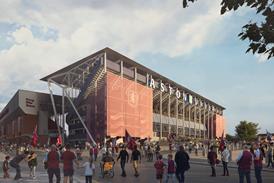
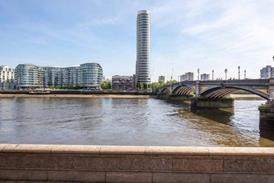
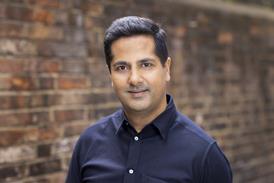

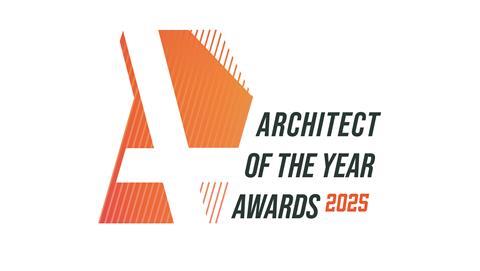
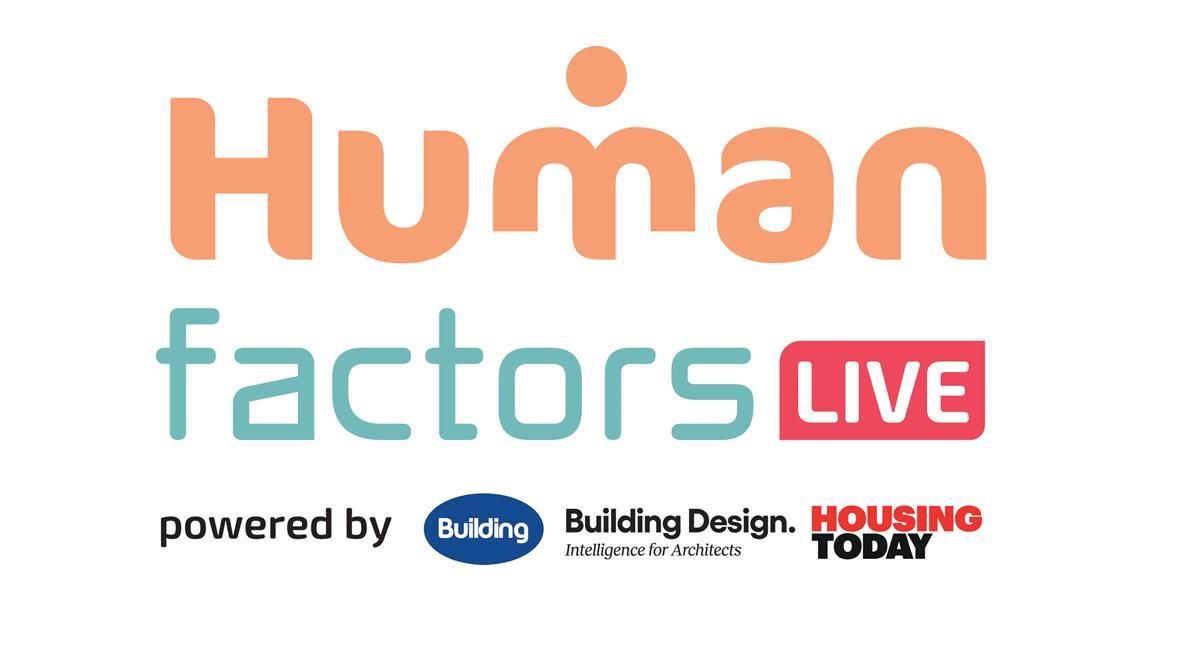







1 Readers' comment